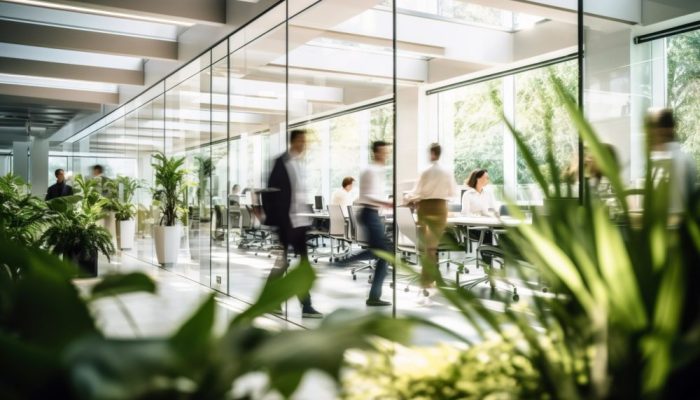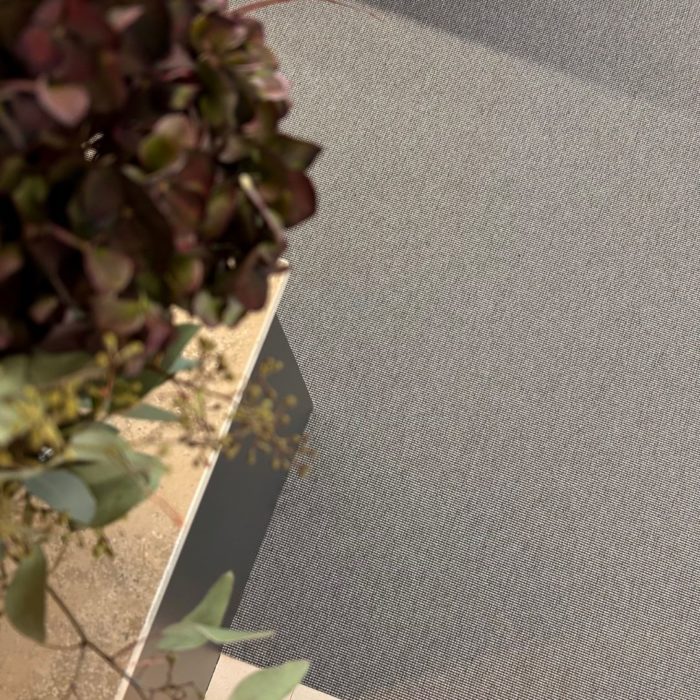Footstep noise occurs when people move on floors in buildings, which can be particularly bothersome in apartment buildings and office buildings, where the sound is transmitted between floors through the structure of the building. This naturally affects the comfort of the residents, or for those who work in an office building, where you want to be able to relax and focus on what you are doing, without being distracted by noise from the surroundings. It can be a contributing cause of conflicts between neighbors or colleagues who are disturbed by each other’s movements, which in turn takes unnecessary energy and creates a negative atmosphere. To avoid this problem, appropriate measures should be taken during the construction process.
The influence of the building structure on footprints
Footsteps thus occur when vibrations from sound, such as footsteps or other forms of movement, spread through the floor structure of a building. When a person moves on a floor, small vibrations are created, which then travel out to the nearby materials. To minimize this transmission, the structure of the building must be designed in such a way that the sound cannot affect the surrounding materials. The thickness and composition of walls and floors have a decisive effect on how well a building can absorb or prevent vibrations from different types of sound. Using high-quality sound-absorbing underlays under the flooring is an effective way to reduce the transfer of footsteps. Our acoustic mats included in the Decibel Concept are an excellent example of products that show very effective results when it comes to footfall sound reduction.
Choice of materials to reduce footfall noise
To create a comfortable sound environment and prevent disturbing footsteps, you need to have an understanding of how different types of materials affect sound transmission in a building, because different materials have different sound insulation properties. Tiles and wood are hard materials that transmit more sound than carpets and textiles, which are soft, e.g. In an old building, where soundproofing planning may not have been a priority, the sound of footsteps can be extra intrusive, and options for improving the existing sound environment should be reviewed. By using sound-absorbing materials and using modern insulation techniques in walls and floors, you can create a more sound-absorbing environment to achieve a comfortable atmosphere. Furnishing with thick carpets and textiles helps to dampen sound transmission between different rooms and floors and is a valuable investment for comfort and well-being.
Other factors affecting the transmission of footsteps
How you decorate a room has a great impact on the sound environment, therefore the choice of furniture is also an important factor in creating a pleasant atmosphere. Heavy and massive furniture with sound-absorbing properties can act as an additional barrier to the transmission of disturbing sounds. By taking into account both the choice of furniture and the structural aspects, a comprehensive strategy can be created to optimize the sound environment in a building and thus achieve an acoustic environment that promotes the well-being of those who live or work in the building. We at Aprobo AB have ground-breaking expertise when it comes to sound insulation and sound absorption – with our expertise we help both private individuals and companies to create optimal sound environments in different environments. Our broad knowledge of sound-absorbing materials and advanced sound insulation techniques means that we can offer tailor-made solutions that meet each customer’s specific acoustic needs.
Does this sound interesting? Contact us and we’ll tell you more!






